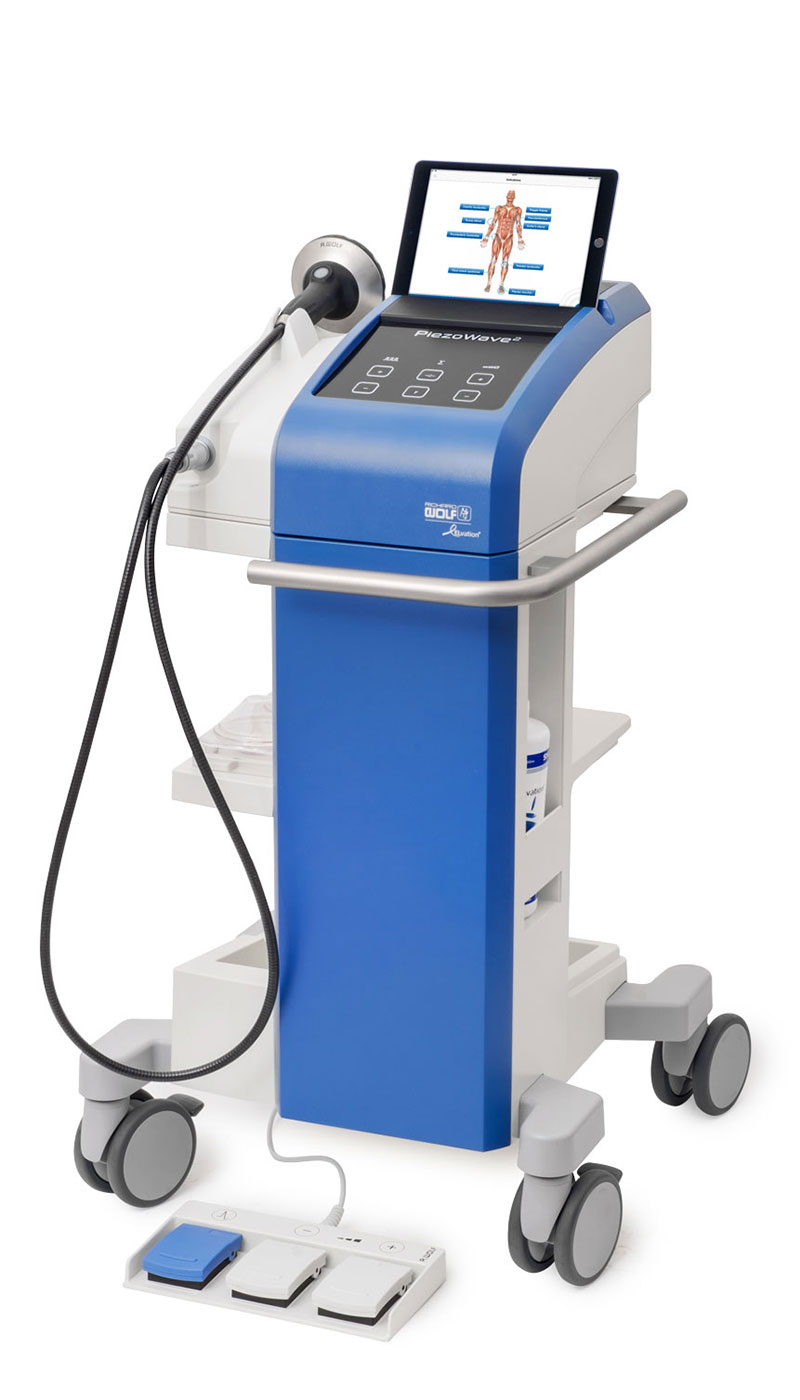
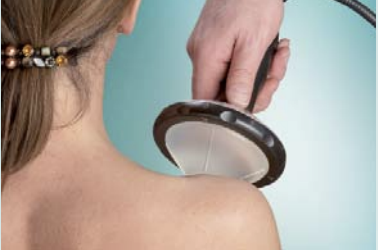
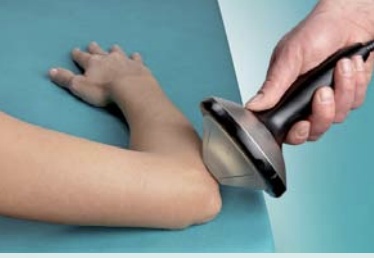
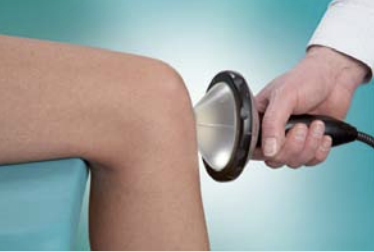
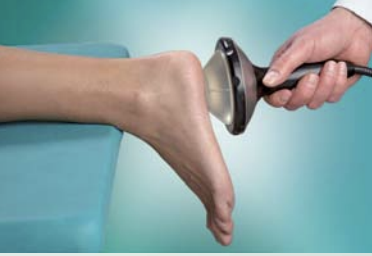
What is ESWT?
ESWT stands for Extracorporeal Shock Wave Therapy. It is a non-surgical approach to pain relief that is used regularly to relieve the symptoms of musculoskeletal pain. The therapy works by targeting shock waves directly to the area that is experiencing pain. This non-invasive procedure typically lasts less than 20 minutes.
How does ESWT work?
The device is positioned to directly touch the skin in the injured area. Controls on the device are set to focus the shockwave, so they travel through the skin and tissue without damaging cells while releasing maximum energy deep inside the tissue, which is at the area that is causing pain.
What is unique about shockwave therapy?
The energy of the shockwaves delivers “micro-trauma” to the targeted area to shock the body into healing. The body responds by addressing the damage and inflammation at the source of the pain by starting with the construction of new blood vessels. After the treatment, new and healthy tissue will begin to develop, restoring function and reducing pain in areas that were affected by severe inflammation. The pressure exerted on the tissue during shockwave treatment also has a direct and primary analgesic effect, in addition to stimulating long-term healing.
What are common conditions treated with ESWT?
This popular method of therapy is ideal when treating common injuries such as heel pain, plantar fasciitis, Achilles tendonitis, tennis elbow, shoulder tendonitis, lateral epicondylitis, and more. ESWT is regarded as breakthrough technology in the treating and healing of common pains. In fact, many of our patients with chronic pain have found pain relief after being treated with ESWT.
Is ESWT FDA approved?
ESWT has been approved by the FDA as form of non-surgical treatment for certain medical conditions such as plantar fasciitis, shoulder tendonitis, and medial and lateral epicondylitis.
What is a typical recovery from ESWT?
Recovery from ESWT is a gradual process, but the pain will not get worse. In the process of ESWT, damaged tissue cells begin to rebuild, and healing will occur over the next few days, weeks, or months as these new cells develop. In some rare cases individuals will experience soreness or bruising after the treatment. Don’t worry. That also goes away.
Additional treatment areas
- Hip Area
- Lower Extremities
- Temporal Mandibular Joints
- Cervical Spine
- Pectoral Girdle
- Upper Extremities
- Thoracic and Lumbar Spine
ESWT encourages bone healing to also treat
- Stress fractures
- Avascular Necrosis (a dead portion of the bone)
- Slow-Healing Bone (delayed unions)
- Non-Healing Bones (non-unions)
Contraindications
- Thrombosis
- Pregnancy
- Cancer - lesions or tumors over treatment site
